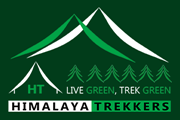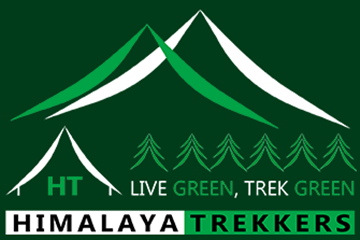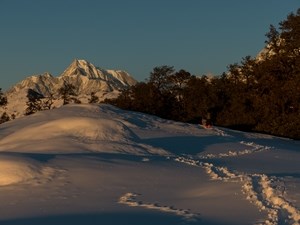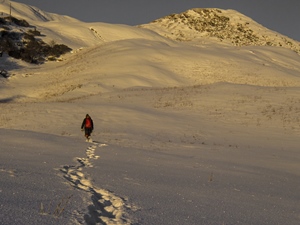Below is a list of personal articles which are required for a trek on the Himalayas. This guide helps you to give an idea about the things that you need to bring in as a trek member. Depending upon the number of days of trek, the articles quantity may vary and this list is made considering the trek duration being 5 to 7 days (week long treks). Always try to avoid unnecessary toiletries which are heavy and of little use on mountain. Pack light that you are comfortable during trek.
Rain/Snowfall is common and varies one trek to another in different seasons. ALWAYS wrap your clothing/non waterproof stuff inside waterproof poly bag (polythene/plastic packet) while packing in your backpack. Plastic material is most efficient evil on mountain for waterproofing. Use additional waterproofing even if you have a rain cover for your backpack.
For selection of personal gear/equipment and backpacking please read the articles carefully, before buying an item:
The below list applies for ALL high altitude Himalayan treks and winter/snow treks.
DOWNLOAD THE PDF FILE of “List Of Things to Carry to carry on a Himalayan trek”









